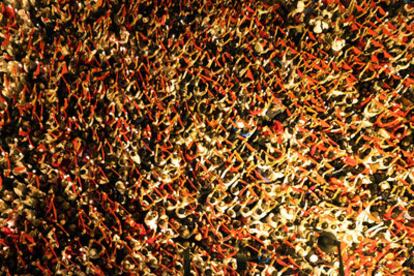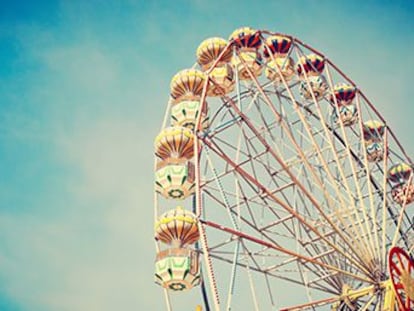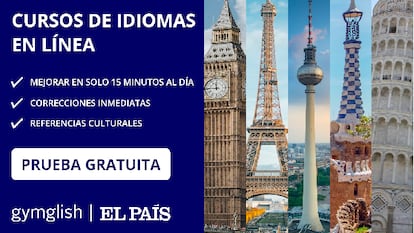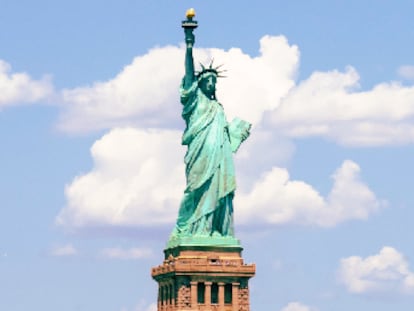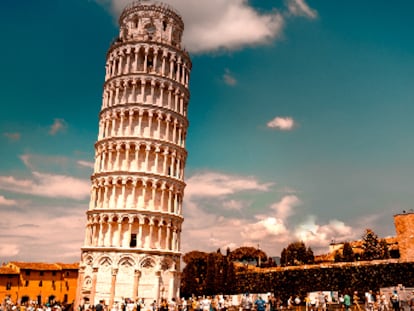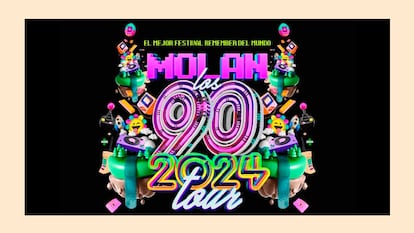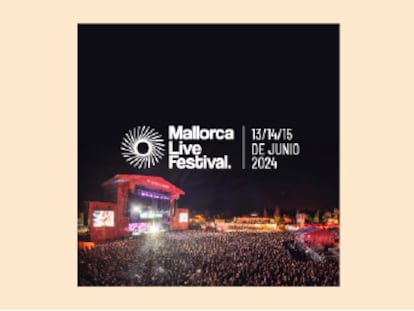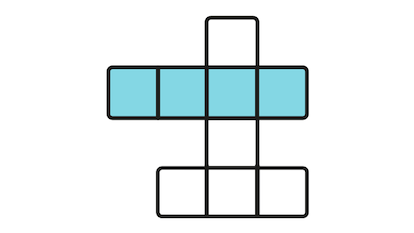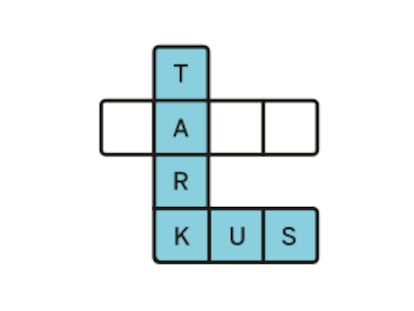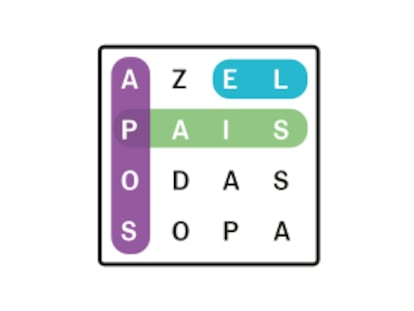Decalogues of San Fermín
EL PAÍS offers a decalogue of the security of these events and how to run a encierro
Decalogue: Safety Measures
1. Double fencing. For safety reasons, double fencing has been installed along the streets on the bull run route. The wooden fencing consists of over 3,000 pieces, including planks, posts, gates, and so on. Part of the fencing stays in place for the duration of the festivities, but other sections are assembled and disassembled daily.
2. Cowherds. A vast team of cowherds supervises the entire bull run. They run behind the bulls armed with long sticks. Mainly they avoid people egging the bulls on from behind, prevent bulls running in the wrong direction, and guide the bulls that may be lagging behind or may have stopped somewhere along the route into the Bullring.
3. Dobladores. The team of dobladores ensures the bull run goes smoothly. These bull connoisseurs stand at the entrance to the bullring and help the runners form a fan (open towards the sides as they run into the bullring) and "pull" the bulls to guide them into the yard as soon as possible.
4. Non-slip. Last Sunday the more dangerous sections of the route were treated with a chemical substance to avoid runners and bulls slipping and to make the run less dangerous. Since 2005, this product has notably reduced the number of falls among bulls, especially at the bend between Mercaderes and Estafeta.
5. Information. The Council publishes advice for the bull runs on their website, with adverts in bull-related publications, in the San Fermín programme and in the 100,000 copies of the leaflet-map that are handed out on the streets and accesses to Pamplona.
6. Officers. The Municipal Police clears the route, ensures the route is in good conditions and controls access barriers each morning. People not wearing appropriate clothing or footwear or who are under the influence will not be allowed to run.
7. Thorough cleaning. Minutes before 8 a.m., the streets are closed off and cleaning teams are brought in to leave the route in optimal conditions for the bull run.
8. Medical assistance. The injury unit consists of 12 doctors, 12 nurses, 21 ambulance transport technicians, 50 first-aiders and 8 communications managers located along the route. Medical assistance is provided by staff from the Servicio Navarro de Salud, Red Cross, DYA and fire fighters from the Agencia Navarra de Emergencias. The injured are assisted by the medical services in the Complejo Hospitalario de Navarra, answerable to the Servicio Navarro de Salud-Osasunbidea.
9. Medical points. The route is 848 metres long with medical points located approximately every 53 metres.
10. Coordination. SOS Navarra's 112 Coordinating Centre is in charge of organizing the medical assistance and referring the injured to specific medical centres. Their goal is three-fold: the gravest injuries should be sent first to hospitals; each hospital should treat injuries in terms of their technical characteristics and capacities; the distribution of injured people in hospitals will depend on their occupation and staff.
Decalogue: How to run an encierro
1. Access. In order to take part, you need to access the route before 7.30 a.m. using the access barriers provided by the authorities. Access is closed after this time and leaving the route is forbidden. Minors cannot take part in the run.
2. Starting and finishing.It is just as important to know how to get out of the run as it is to know how to get in. There are two techniques: gradually take up position while the rest pull out or get in straight off.
3. If you fall over, don't get up. It's very normal to fall over during bull runs. Make sure you don't fall over by looking ahead, behind you and downwards. Nevertheless, if you do fall over, don't get up. If you stay on the ground and keep still the bulls usually ignore you. However, if you get up when the bulls are running your way, they might notice you moving and that could be very dangerous. Lay on the floor face down with your hands over your head. Get up once the herd has passed.
4. Watch out for single bulls. Single bulls are even more dangerous bulls. They might be running ahead of the herd and flashing their horns or they might have dropped behind. Never incite the bulls or catch their attention in any way or for any reason along the route or in the Bullring. Do not grab, whip or mistreat the bulls. Do not prevent them exiting or being herded during capeas. It is easy to distinguish between bulls and oxen. Oxen are larger, bonier, older and shaven. They wear bells around their necks.
5. Do not get in the way of dobladores and cowherds. These people are in charge of keeping the herd together and leading them to the yard. They use long sticks to keep the order and void many dangerous situations.
6. Do not wait at blind spots. It is forbidden to wait before the bulls start running in corners, blind spots, gateways or establishments located along the route.
7. Running under the influence. It is forbidden to run under the influence of alcohol or drugs or in any unfit state.
8. Don't carry inappropriate objects. Do not carry objects that will mess with the bull run. Likewise it is prohibited to film the bull run with a photographic or video camera without prior authorisation.
9. Appropriate clothing and footwear. Wear appropriate clothes and footwear for the bull run. Do not wear sandals or carry rucksacks.
10. Don't stop. Do not stop along the route. It is forbidden to stop on the fences, barriers or doorways, obstructing the run or endangering the other participants.
